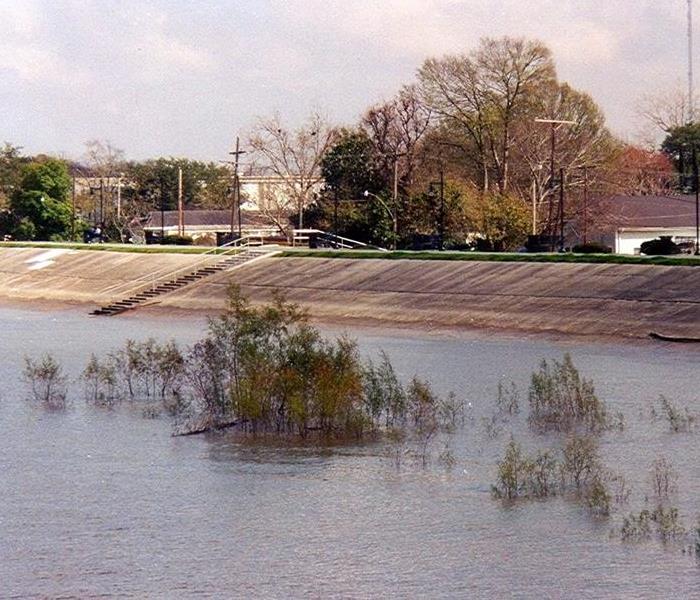What is a Levee?
4/11/2016 (Permalink)
Levees are natural or artificial embankments made to regulate water flow, prevent flooding, overflowing or to keep certain areas of land dry. People have been attempting to control rivers, oceans and seas for thousands of years through the use of levees.
Natural levees are made of sediment pushed to the side of river banks causing the sides to be significantly higher than the river bed. Manmade embankments are often made of soil, sand and rocks but can also be made of wood, plastic and in some severe cases, concrete. On top, a flat surface is typically left on which sandbags may be piled even higher if needed.
Levees usually run parallel to the course of a river or flood plain to divert the water flow in as natural a manner as possible. If there are any spaces between levees on the same riverbank, the levee becomes useless. This may seem like common sense but it was an issue when the first levees were built by individuals who owned property along riverbanks and not government organizations.






 24/7 Emergency Service
24/7 Emergency Service
